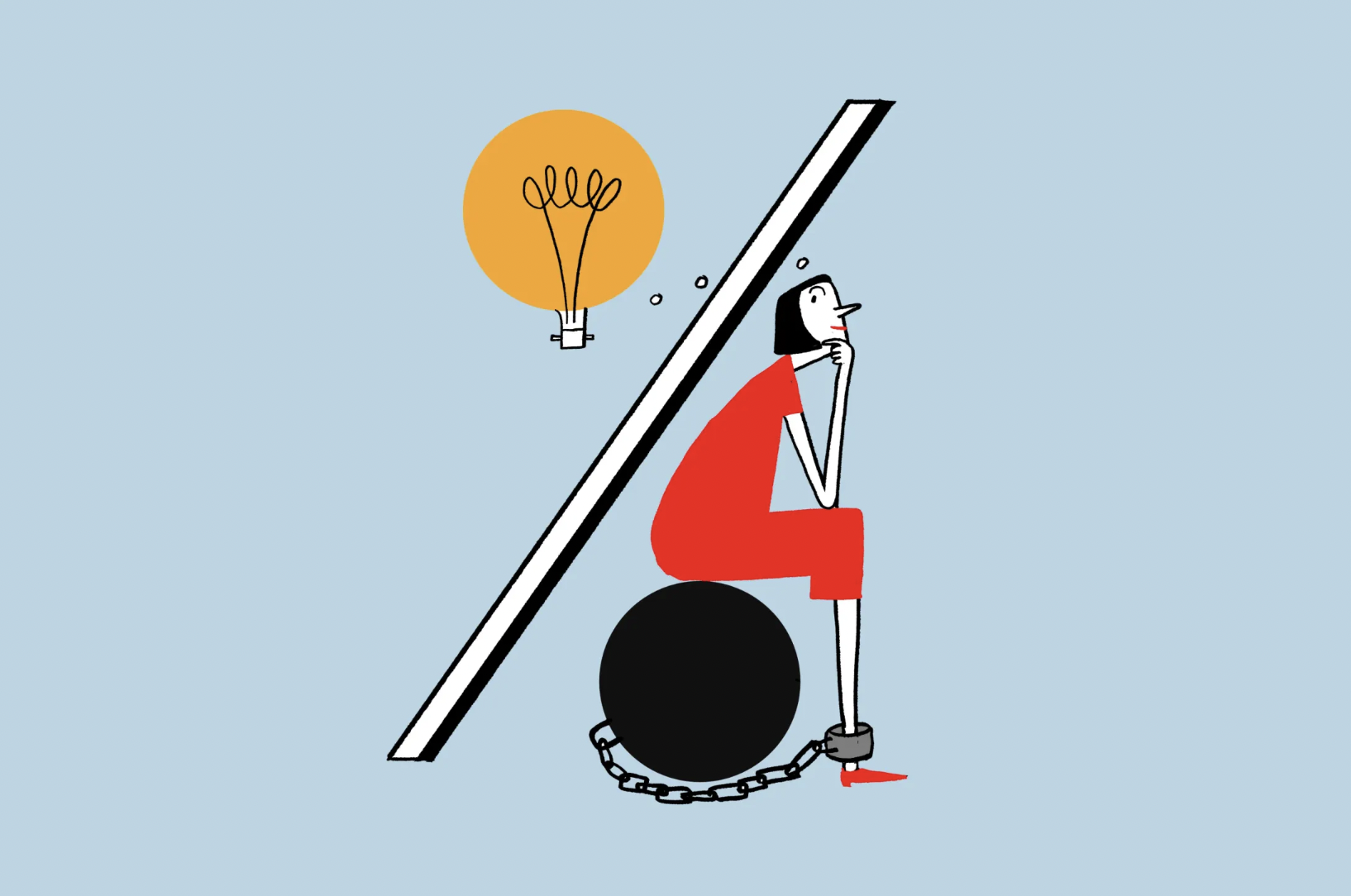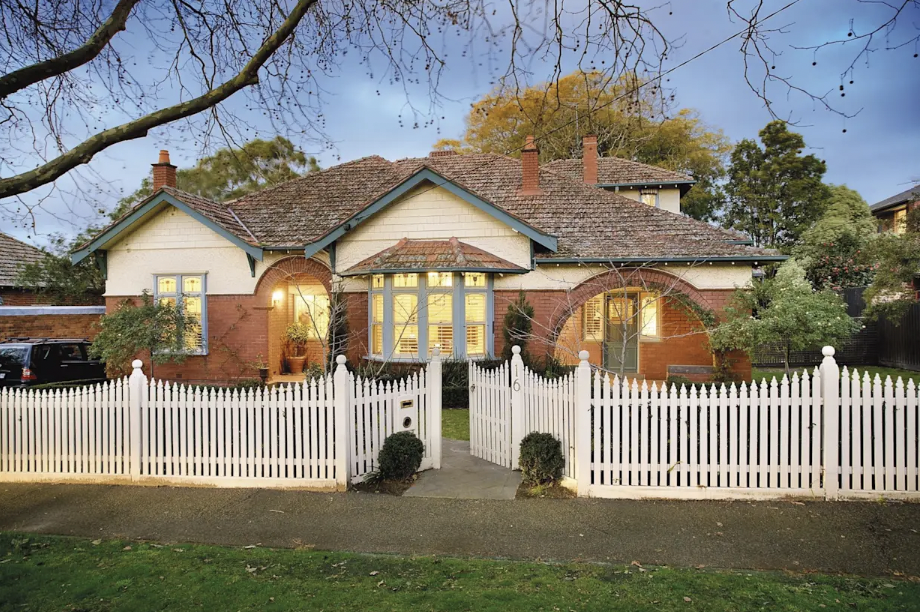Media Features
Self-employed borrowers are thrown a bone as delta strain bites
Big lenders including Commonwealth Bank and ANZ are easing some of the traditional hurdles for self-employed people to purchase property as another wave of COVID-19 outbreaks slows sales, hits profits and weakens prospects.
Barry Thatcher, of Thatcher Finance, which specialises in residential and commercial mortgages, says: “It’s a moving feast for borrowers and self-employed need to be really well prepared before going to the banks to avoid poor outcomes.”
“Lenders rates, policies and conditions are all different.”
Beware long bank delays in mortgage approvals
Borrowers are facing long delays in having their loan applications approved, increasing buyer fears that offers will be beaten by rival bidders in fiercely competitive residential markets.
Barry Thatcher, of Thatcher Finance, which specialises in residential and commercial mortgages, adds: “All the major banks are very slow and, in many cases, are not picking up files for a first review for 15-20 days, as opposed to second-tier banks that have managed to keep processing times to one to three days.”
Properties that are driving spring sales – and those left behind
Borrowers are facing long delays in having their loan applications approved, increasing buyer fears that offers will be beaten by rival bidders in fiercely competitive residential markets.
Barry Thatcher, a director of Thatcher Finance, says “the pandemic is changing the dynamics of the nation’s market, particularly the way major lenders are financing lenders.
Investors have disappeared and lenders are becoming more conservative, demanding more evidence about borrowers’ income and tightening the amounts they will lend, despite record low rates.nvestors have disappeared and lenders are becoming more conservative, demanding more evidence about borrowers’ income and tightening the amounts they will lend, despite record low rates.”
Ten ways to reduce the cost of rising mortgage rates
A typical $1 million owner-occupier property borrower on a variable rate of 5.86 per cent with 25 years remaining on their mortgage should be able to reduce their interest bill by between $24,500 and $40,000 over the next three years, according to analysis.
But many borrowers are paying thousands of dollars a year too much by not asking their existing lender for a lower rate, accepting their first offer, or accepting discounts without checking the real amount being charged.
“Banks are falling over themselves to offer refinancers all matter of perks, including rate discounts, fee waivers and cold, hard cash to tempt people into switching,” says Sally Tindall, director of research for RateCity, which monitors interest rates.
Barry Thatcher, of Thatcher Finance, which specialises in residential and commercial mortgages, says: “It is time for borrowers to save money, and there is lots of money to be saved.”
Borrowers choose to refinance for a range of financial and personal reasons, ranging from finding a sharper rate and consolidating debt, through to restructuring fixed and variable loans, or because their needs have changed since they took out their loan.
A record of almost $18 billion in housing loans were refinanced with a different bank during August, according to government analysis.
That number is likely to be eclipsed over the next 18 months as fixed rate loans – including loans split between fixed and variable rates – worth more than $450 billion are due for renewal.
“With the cash rate hitting its highest level of 3.1 per cent in a decade, the number of mortgage holders increasingly pressed with servicing their mortgage is trending higher,” adds Eliza Owen, head of research for CoreLogic, which monitors markets.
The eighth successive monthly cash rate increase has pushed up the cash rate by 3 percentage points, the fastest increase in the cost of debt since the 1990s, when the Reserve Bank of Australia started setting the cash rate, according to Owen.
David Hyman, chief executive of Lendi Group, says fixed rate borrowers with expiring loans in 2023 are “facing revert rate shock”, with increases of about three to four percentage points.
The revert rate is usually the standard variable rate for that product and is often higher than discounted rates offered to new borrowers.
“Apathy among borrowers about rising rates will be the big danger,” says Hyman. “It’s more important than ever for borrowers to seek the best rates and not sit on their hands.”
Anita Marshall, chief executive of Advanced Finance Solutions, says many borrowers make the mistake of accepting the first-rate reduction offer from their existing lender.
“It’s often a tiny discount,” she says. “You need to push the bank to offer the best deal first time round.”
A spokesman for Commonwealth Bank, the nation’s largest lender, says borrowers should first have a conversation with their existing lender.
“Borrowers can more easily negotiate on things like interest rates while still having access to the same benefits they are accustomed to with their current lender. They also don’t have to complete a loan application, change their banking details or pay new fees and charges.”
Karen and Steve Davidson, who are public servants based in Banks, Canberra, recently renegotiated their home loan with online lender loans.com.au to renovate their three-bedroom home.
The couple, who have a 12-year-old daughter, Grace, three grown children and three grandchildren, say they checked out competitive loans and switched when their existing bank refused to match the loans.com.au offer.
“The key criteria was a short-term loan with low expenses,” Karen says, which meant ditching features like redraw facilities and offset accounts. They got a lower rate from loans.com.au that included no refinancing fees.
“Rising costs are really beginning to hurt,” says Karen, who says she is cutting back on entertainment and smoking to balance the budget.
According to RateCity, an existing owner-occupier borrower with a $1 million, 5.86 per cent principal and interest loan with 25 years remaining on the term, might benchmark potential refinancing rates from “mediocre” to “market leading”.
A “mediocre” refinancing to a new rate of 5 per cent would save the borrower about $24,500 in interest over three years.
In the first month of refinancing, their repayments would drop from $6358 to $5846.
A “competitive” rate of 4.7 per cent would reduce interest by about $33,500, taking the first month of repayments to $5672, while an “outstanding” deal would be 4.50 per cent and overall savings of $39,400. The first month after refinancing would see that borrower pay $5558.
The new rates assume $350 discharge fees, $300 in third-party switching fees, such as government charges, and $415 in upfront fees, which is the average from RateCity’s database, and the total three-year savings are calculated using projected interest rate changes.
“Refinancers should be doing sanity checks on their new mortgage before jumping in,” says Tindall.
“Are the fees exorbitantly high? If so, ask them to be waived. Is the rate genuinely competitive? If not, play hard ball by getting a quote from a competitor. Does the rate seem too good to be true? If so, there’s every chance it is.”
It is also worthwhile “triple checking” mortgage broker discounts to make sure it is a good deal, she adds.
“What ultimately matters is the rate you’ll be charged, not the size of the discount, so do a commonsense check to make sure it is competitive.”
How to save $34,000 over two years on your home loan
28 September, 2022
AFR
With the first of three tranches of nearly 2 million fixed-rate mortgages set to expire next month, lenders are jostling for borrowers by offering double-digit discounts and cash incentives, say mortgage brokers.
Brokers claim competitive lenders are holding confidential briefings with them to slash standard variable rates (which vary from about 3.14 per cent to nearly 7 per cent) by around 280 basis points.
Someone exiting a two-year fixed-rate $1 million loan could save $33,000-$34,000 over two years by switching to the lowest variable or two-year fixed mortgage, according to RateCity, which monitors rates and fees. Doing nothing would mean they’d be moved to the standard variable rate which could reach 5.66-6.91 per cent over that time.
Nearly 30 lenders are offering mortgage cashback offers to attract new customers. They range from $1500 to $10,000, subject to loan size.
Fixed-rate loans (including loans split between fixed and variable rates) worth more than $450 billion are due for renewal over the next 18 months, analysis of bank results reveals.
Someone exiting a two-year fixed-rate $1 million loan could save $33,000-$34,000 over two years by switching to the lowest variable or two-year fixed mortgage, according to RateCity, which monitors rates and fees. Doing nothing would mean they’d be moved to the standard variable rate which could reach 5.66-6.91 per cent over that time.
Nearly 30 lenders are offering mortgage cashback offers to attract new customers. They range from $1500 to $10,000, subject to loan size.
Fixed-rate loans (including loans split between fixed and variable rates) worth more than $450 billion are due for renewal over the next 18 months, analysis of bank results reveals.
October’s first tranche will be followed by waves in June-July next year and in March 2024, according to bank analysis.
Mortgage brokers describe the discounts lenders are offering as “massive” and an “unprecedented” attempt to hold on to borrowers and attract new business.
“Lenders are briefing brokers about their strategies for the huge number of expiring fixed-rate mortgages that include some of the biggest discounts I’ve seen,” says Phoebe Blamey, a director of Clover Financial Solutions. “Borrowers whose fixed rates are coming to an end need to start planning now.”
National Australia Bank and its mortgage subsidiaries Advantedge and other white label providers have been holding meetings to brief mortgage brokers about the discounts in advance of the expected refinancing surge.
They are also contacting their existing borrowers by SMS, email and letter with “personalised” details about fixed and variable rate options. Other lenders are expected to roll out similar strategies.
“This is an opportunity for lenders to grab market share and for borrowers to haggle,” says Chris Foster-Ramsay, principal of Foster Ramsay Finance. “A market where fixed rates are expiring and variable rates are rapidly rising is a great opportunity to attract new borrowers.”
Barry Thatcher, of Thatcher Finance, which specialises in residential and commercial mortgages, says the big banks typically have much higher standard variable rates than smaller competitors.
He adds: “They have to offer big discounts to get their rates back to a competitive market rate. Their conditions can also be more opaque. Borrowers need to check rates and conditions on a like-for-like basis.”
Mortgage brokers claim lender competition for new borrowers – and retaining existing ones – will intensify over coming months as record numbers of borrowers consider their next move.
Borrowers are also considering their options in the build up to next Tuesday’s Reserve Bank of Australia meeting and an expected rise of 50 basis points, which would be the sixth successive increase in six months.
Continued local inflationary pressure and last week’s 75 basis point rise in rates by the US Federal Reserve have heightened expectations of a cash rate rise, say analysts.
According to exclusive analysis by RateCity, it is “critical” for borrowers to carefully consider their options, including considering deals outside the big four.
The accompanying table shows options for a borrower with a major lender rolling-off a two-year fixed rate with $1 million owing and 25 years remaining.
Options include rolling on to the bank’s revert rate, switching to a new loan offered by the existing lender or refinancing.
The revert rate is typically the standard variable rate for that product and is often much higher than discounted rates offered to new borrowers.
The estimated average reversionary rate for the big four lenders by December will be about 6.4 per cent, an increase of nearly 400 basis points from the two-year fixed rates offered in December 2020.
“The take-out is that it is critical to do something, as opposed to doing nothing, and that shopping beyond the four walls of your bank is likely to save you a lot of money,” said Sally Tindall, RateCity research director.
The analysis does not include the impact on repayment of cash backs.
It shows the borrower could save nearly $34,000 over the next two years by switching to the lowest variable rate on the market compared to doing nothing. Switching to the cheapest two-year fixed rate would save nearly $33,000.
Lenders continue to cut their two-year fixed rates.






